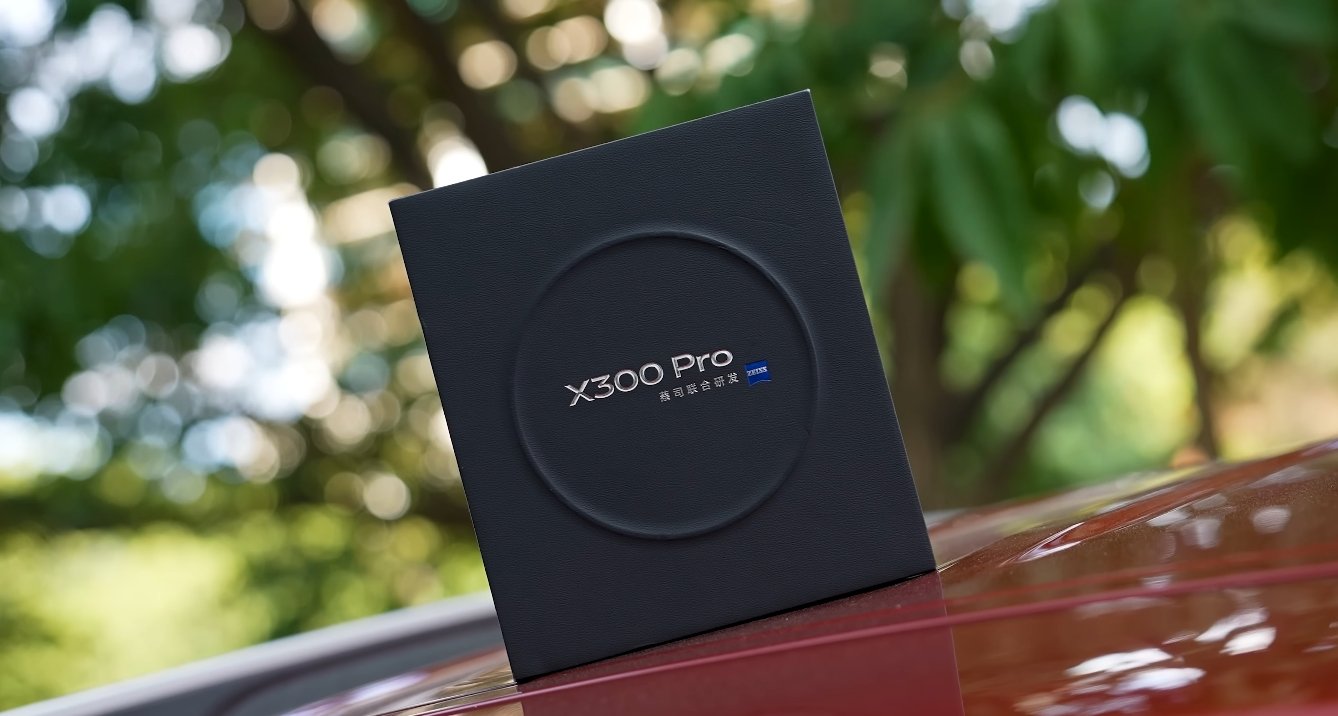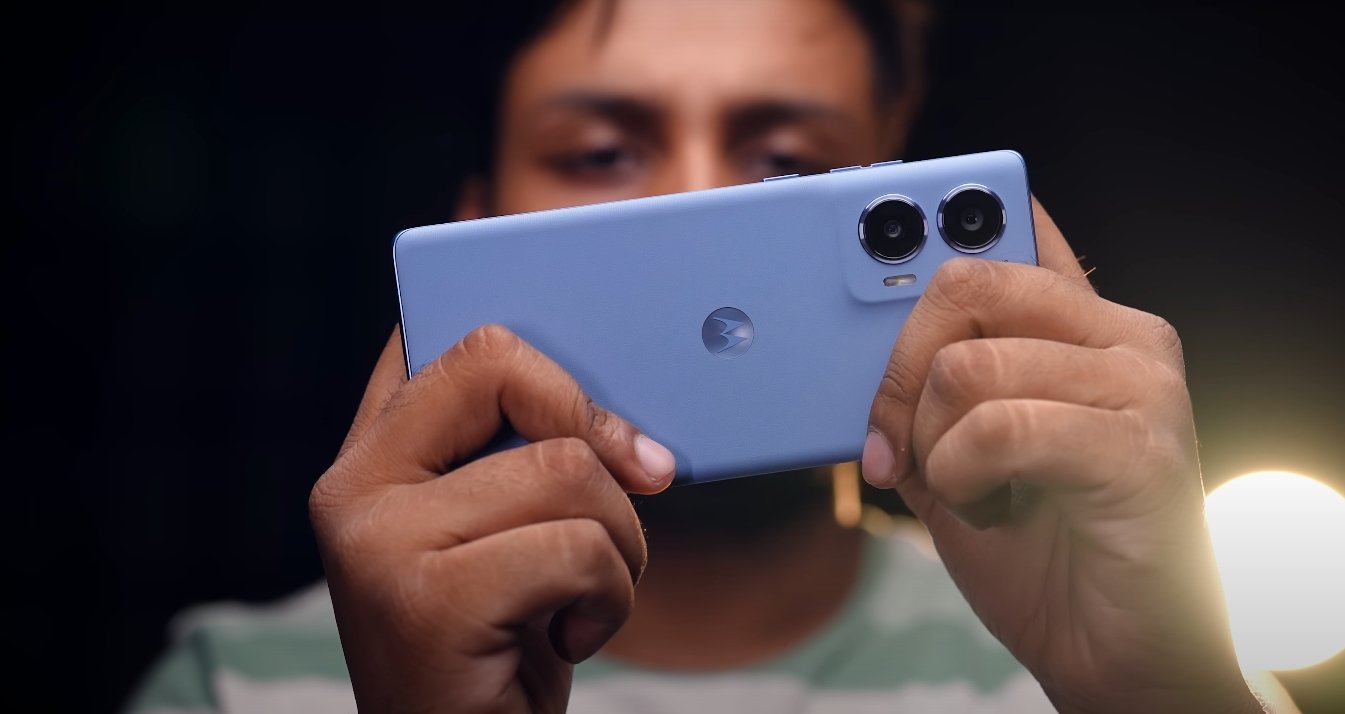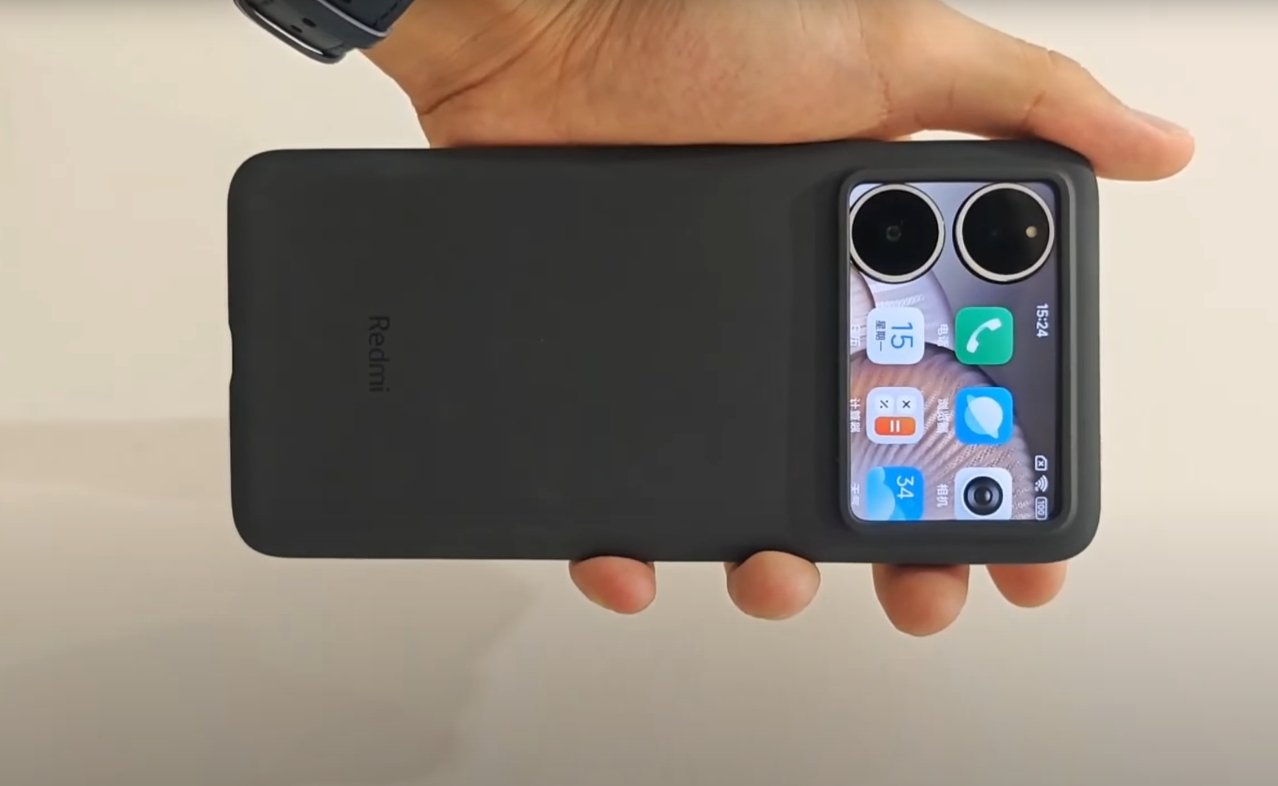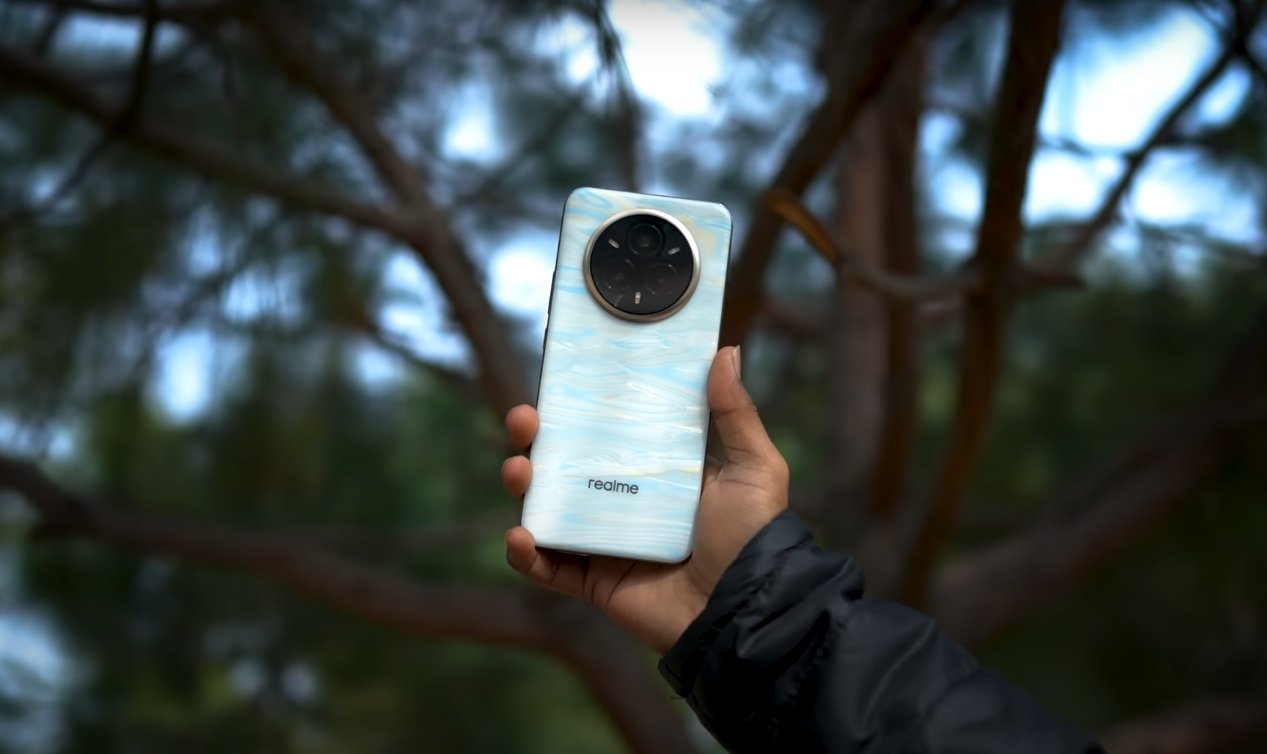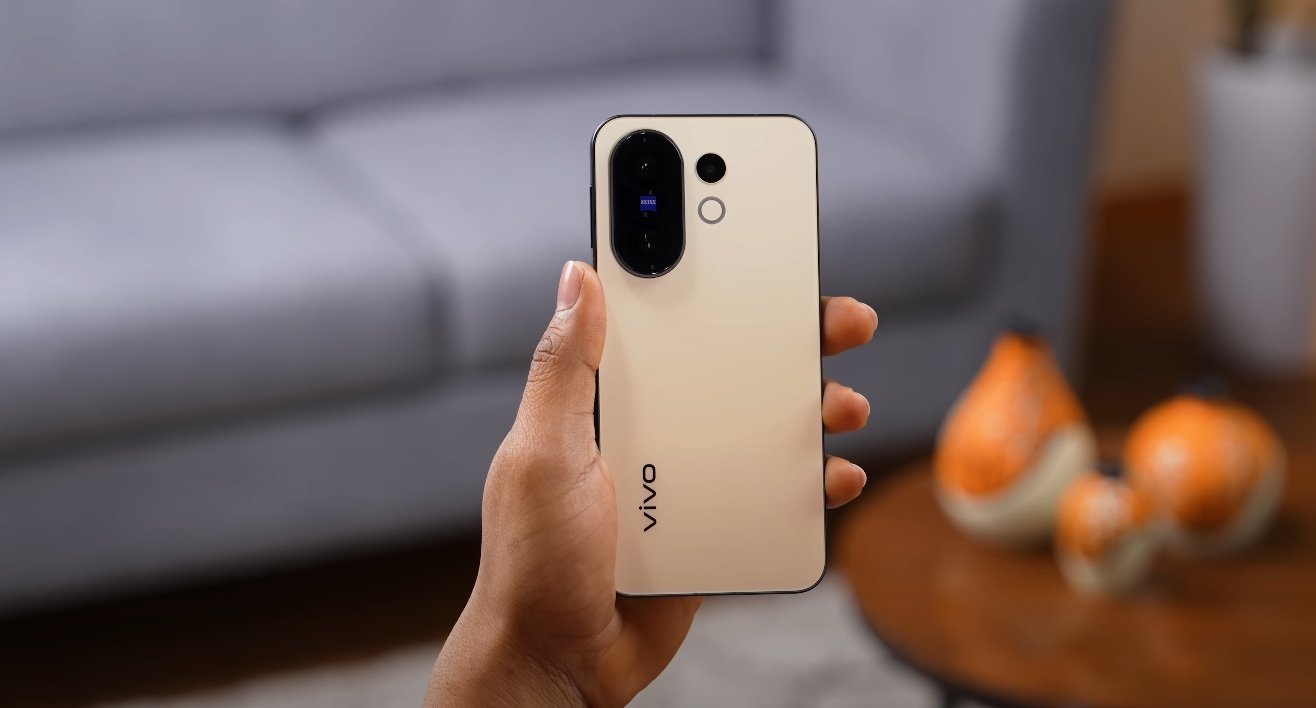Head-to-Head Battery Comparison: Vivo X300 Pro and Xiaomi 14 Ultra
Battery performance remains one of the most crucial factors when choosing a flagship smartphone. In 2025, two of the most talked-about devices are the Vivo X300 Pro and the Xiaomi 14 Ultra. Both phones promise fast charging, long-lasting batteries, and the ability to handle power-intensive tasks, but how do they compare in real-world usage? This detailed comparison explores endurance, charging speed, thermal performance, and daily usability to provide a clear picture for potential buyers.
The Vivo X300 Pro is equipped with a 6,510mAh battery in most regions, one of the largest cells among flagship devices this year. It supports 90W wired charging and 40W wireless charging, allowing users to quickly replenish power. The Xiaomi 14 Ultra, on the other hand, comes with a 5,000mAh battery in its global variant. It also supports 90W wired charging but offers 80W wireless charging, which is notably faster than the Vivo X300 Pro’s wireless capability. On paper, the Vivo X300 Pro has the advantage in total capacity, while Xiaomi leads in wireless charging speed.
In everyday usage, the Vivo X300 Pro demonstrates impressive endurance. Streaming videos, browsing social media, running photography apps, and casual gaming all consume power steadily, yet the device comfortably lasts a full day. Under moderate use, such as calls, emails, and messaging, the battery can stretch into a second day. Users noted that the large battery provides a sense of security during long outings without easy access to a charger. The combination of size and optimization makes it one of the more reliable flagship options for extended use.
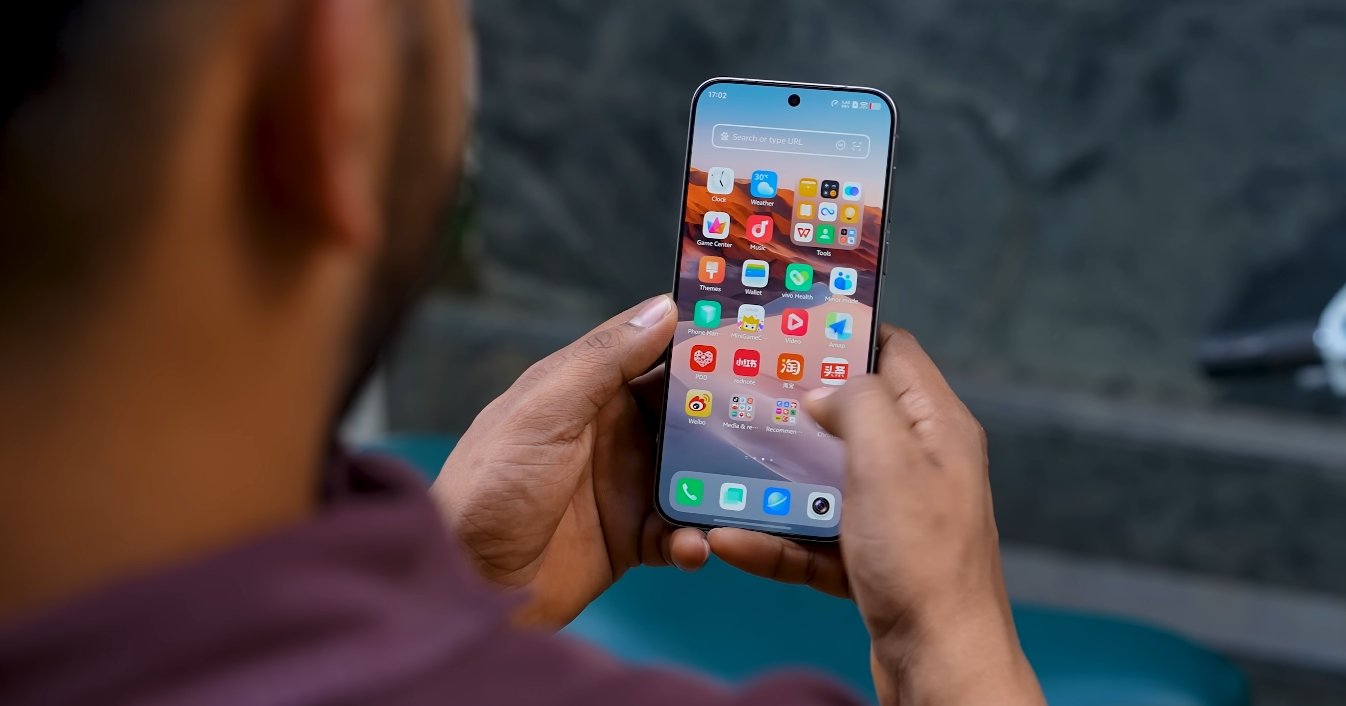
The Xiaomi 14 Ultra’s battery life, while strong, shows slightly less endurance in structured testing. Screen-on times for video playback, browsing, and gaming indicate that heavy users may need to recharge before the day ends. However, the device remains competitive for average users, and its faster wireless charging helps mitigate the lower capacity. For those who can charge during breaks or keep a wireless pad nearby, the Xiaomi 14 Ultra provides satisfactory performance, though it is less forgiving under continuous heavy use.
Both phones deliver very fast wired charging at 90W. In practical terms, this means that a low battery can reach full capacity in under an hour. The Vivo X300 Pro’s 40W wireless charging is convenient for topping up overnight or during short breaks, but the Xiaomi 14 Ultra’s 80W wireless charging completes the same process even faster. Users who prioritize wireless convenience may find the Xiaomi more appealing, while those who rely on a larger battery for extended unplugged use will prefer the Vivo X300 Pro.
Thermal management plays a critical role in battery performance, especially during intensive activities like gaming or extended photography sessions. The Vivo X300 Pro’s larger battery provides more headroom for power-intensive use without noticeable overheating, and software optimization helps maintain stable temperatures. The Xiaomi 14 Ultra, while efficient, can experience slightly higher thermal load under dual-SIM use or prolonged intensive tasks, which can impact battery drain. Both devices manage heat well overall, but Vivo’s larger cell offers an added buffer for heavy users.
For different types of users, the choice may depend on priorities. Heavy users who stream, play games, and use photography apps extensively throughout the day will benefit from the Vivo X300 Pro’s larger battery and consistent performance. Content creators or users who value wireless charging speed and frequent short top-ups may find the Xiaomi 14 Ultra appealing, despite slightly shorter overall endurance. Moderate users who perform daily tasks without pushing the device to extremes will find both phones equally capable, making the decision more about charging style and convenience.
In conclusion, the Vivo X300 Pro takes the lead in raw battery endurance thanks to its 6,510mAh cell and optimized software management. It can comfortably last through long days of demanding usage and provides peace of mind for power users. The Xiaomi 14 Ultra, while equipped with a smaller 5,000mAh battery, compensates with extremely fast wireless charging and solid overall performance. For users prioritizing maximum battery life and reliability, the Vivo X300 Pro is the better choice. For those who value wireless convenience and balanced premium features, the Xiaomi 14 Ultra remains a strong contender. Both devices offer excellent battery performance, but their strengths cater to slightly different user needs, making them suitable for different lifestyles and usage patterns.
Also Read: Vivo X300 Pro vs Galaxy S23 FE real-world test
